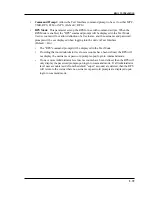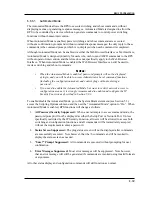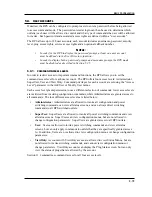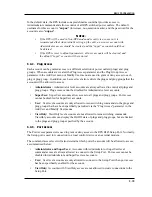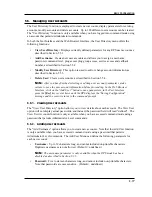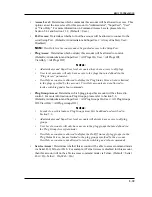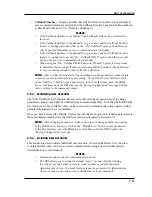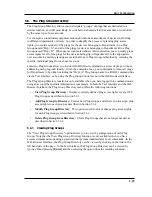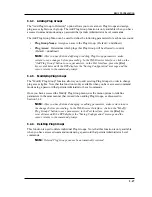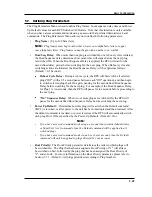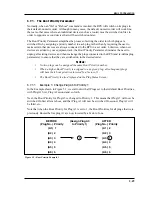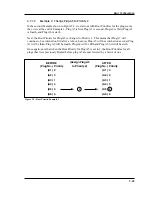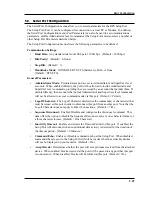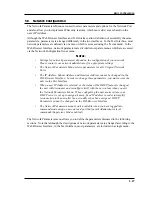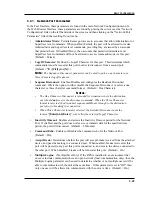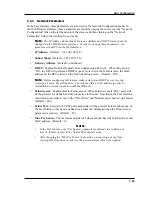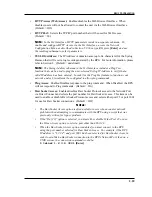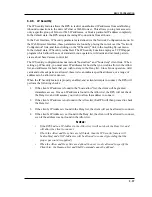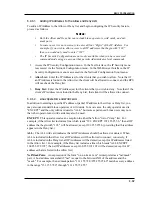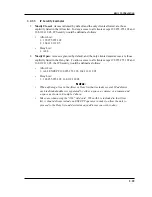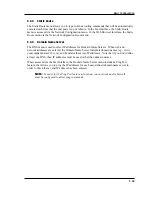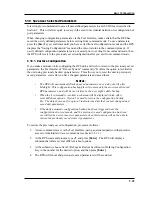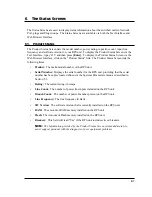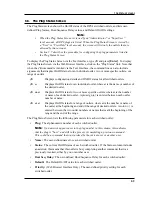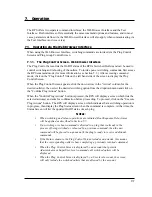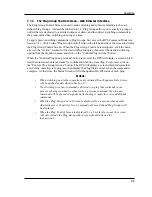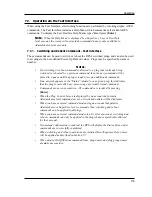
5-27
Basic Configuration
5.9. Network Configuration
The Network Parameters Menus are used to select parameters and options for the Network Port
and also allow you to implement IP Security features, which can restrict access based on the
user’s IP Address.
Although the Web Browser Interface and Text Interface allow definition of essentially the same
parameters, parameters are arranged differently in the two interfaces. In the Text Interface, most
network parameters are defined via one menu which is accessed using the /N command. In the
Web Browser Interface, network parameters are divided into separate menus which are accessed
via the Network Configuration flyout menu.
Notes:
• Settings for network parameters depend on the configuration of your network.
Please contact your network administrator for appropriate settings.
• The Network Parameters Menu selects parameters for all 16 logical Network
Ports.
• The IP Address, Subnet Address and Gateway Address cannot be changed via the
Web Browser Interface. In order to change these parameters, you must access the
unit via the Text Interface.
• When a new IP Address is selected, or the status of the DHCP feature is changed,
the unit will disconnect and reconfigure itself with the new values when you exit
the Network Parameters Menu. When configuring the unit, make certain your
DHCP server is set up to assign a known, fixed IP address in order to simplify
reconnection to the unit after the new address has been assigned. DHCP
Parameters cannot be changed via the Web Browser Interface.
• The Network Parameters menu is only available when you have logged into
command mode using an account and port that permit Administrator level
commands (Supervisor Mode enabled.)
The Network Parameters menu allows you to define the parameters discussed in the following
sections. Note that although the descriptions of network parameters are arranged according to the
Web Browser Interface, in the Text Interface, most parameters are included in a single menu.

